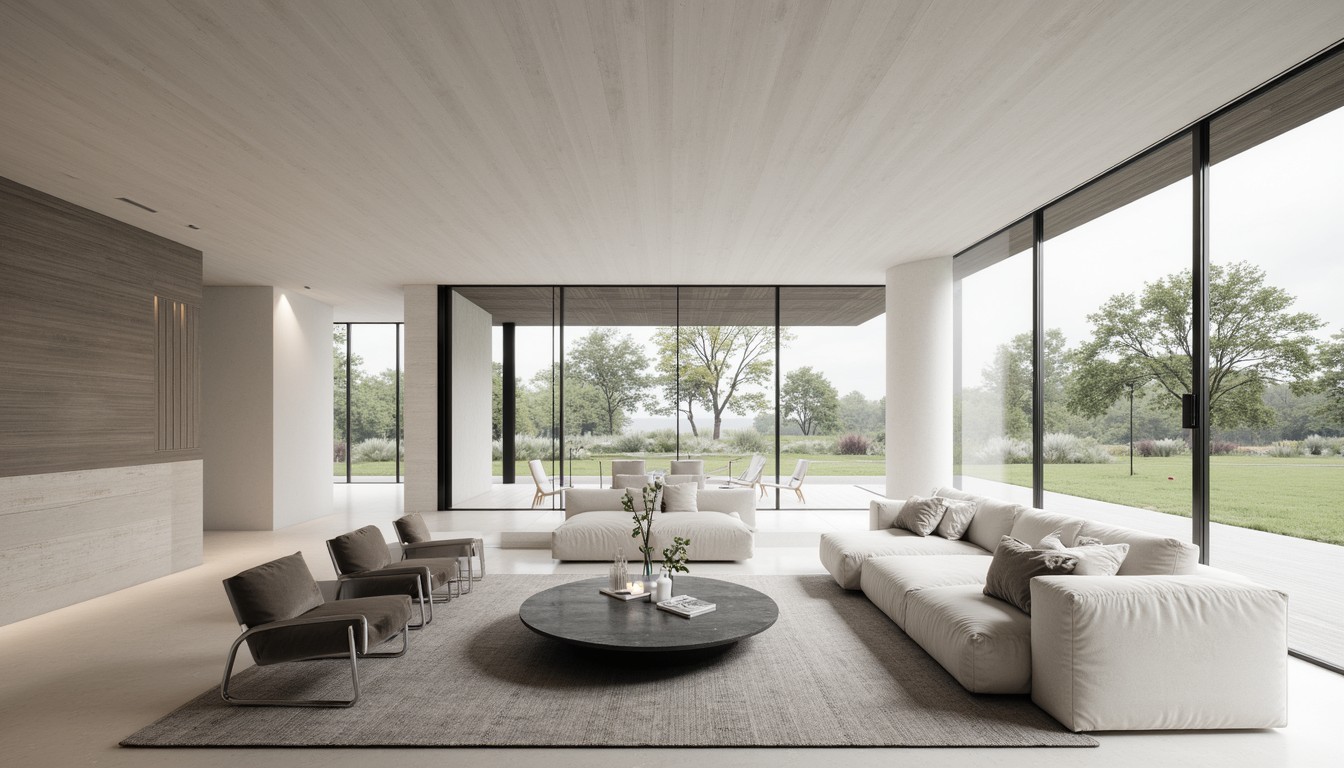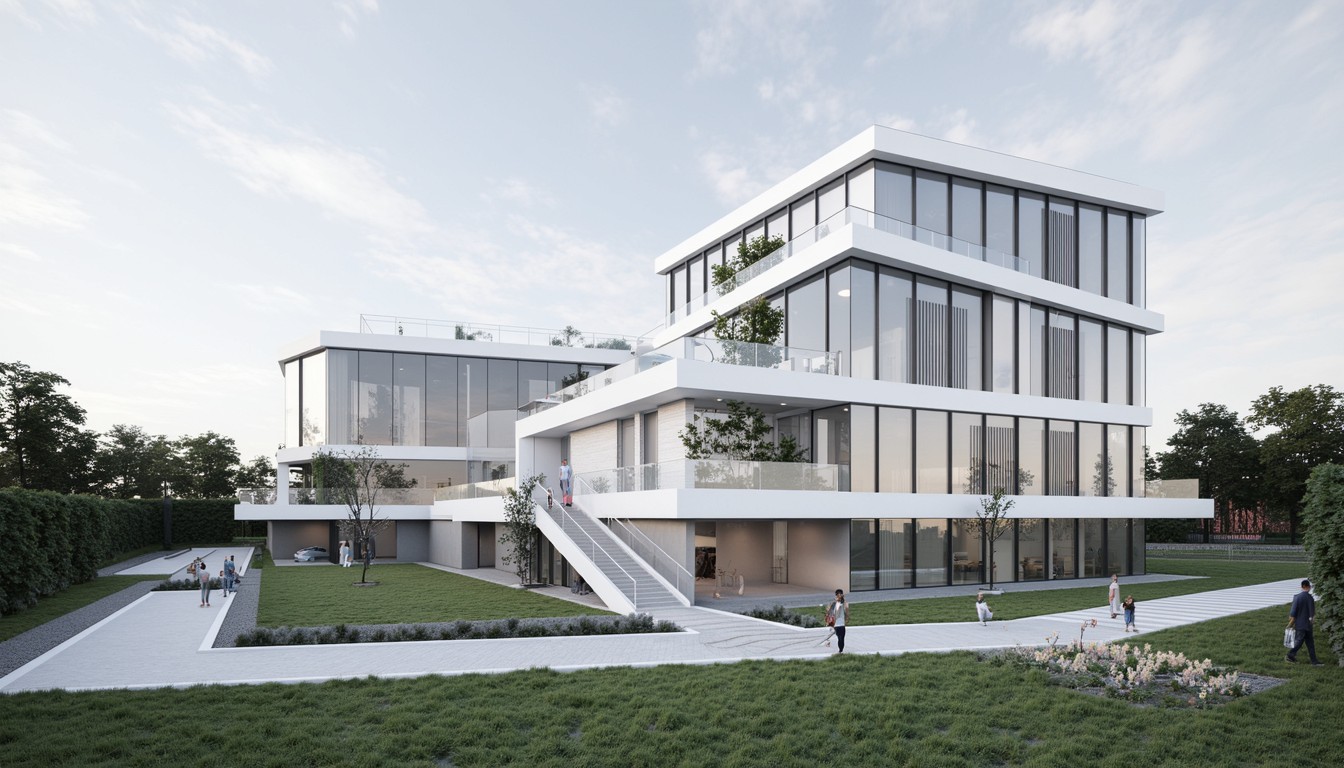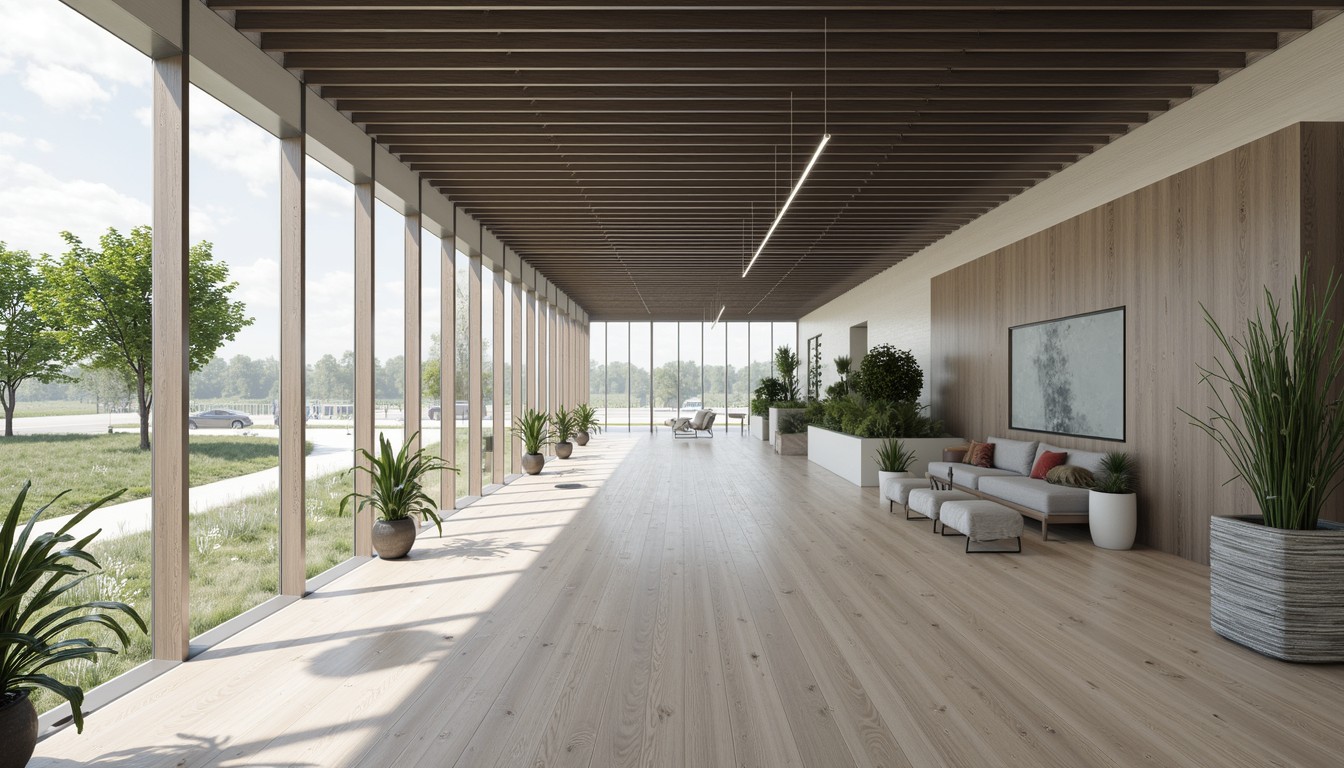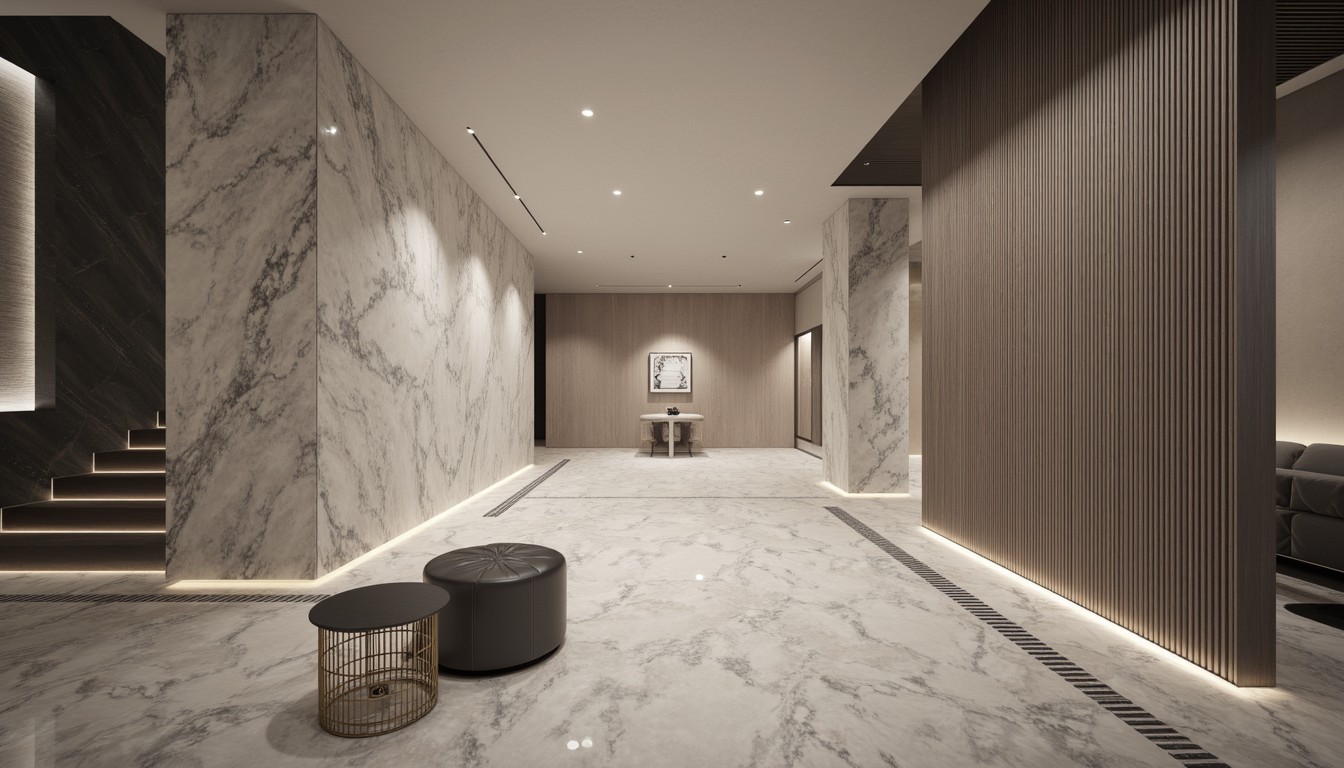Immersive Design: Revolutionizing Architecture with VR & AR
The architectural landscape is undergoing a dramatic transformation, driven by the convergence of cutting-edge technology and innovative design practices. Virtual Reality (VR) and Augmented Reality (AR) are no longer futuristic concepts; they are powerful tools reshaping how architects design, visualize, and present their work. At ArchNav, we're at the forefront of this revolution, leveraging the immersive power of VR and AR to deliver unparalleled architectural visualization experiences.
Understanding the Power of VR and AR in Architecture

Virtual Reality (VR) offers a fully immersive, 360-degree experience, transporting users into a digital replica of a building or space. Architects can walk through their designs before a single brick is laid, experiencing scale, proportions, and spatial relationships in a way that 2D plans simply cannot convey. This allows for early identification of design flaws and facilitates more informed decision-making.
Augmented Reality (AR) overlays digital information onto the real world. Imagine holding your tablet up to an empty lot and seeing a 3D model of the proposed building superimposed on the site. This technology enables clients to visualize the project within its context, fostering better understanding and enhancing communication. AR can also be used for construction management, guiding workers through complex processes and highlighting potential issues.
Real-World Applications: Transforming the Architectural Workflow

1. Enhanced Client Collaboration and Presentations:
VR and AR dramatically improve client engagement. Clients can experience the design from a user's perspective, providing valuable feedback early in the process. This leads to fewer revisions, reduced costs, and a higher client satisfaction rate. Interactive presentations using VR headsets create a memorable and impactful experience, significantly increasing the chances of project approval.
2. Early Design Exploration and Iteration:
VR allows architects to experiment with design variations quickly and efficiently. They can test different layouts, materials, and lighting scenarios virtually, identifying potential problems and optimizing designs before construction begins. This iterative design process saves time, money, and resources.
3. Improved Spatial Understanding and Design Refinement:
VR provides an unparalleled understanding of spatial relationships. Architects can identify potential clashes, awkward circulation patterns, or inadequate natural light early on. This detailed spatial analysis leads to more functional and user-friendly designs.
4. Construction and Site Management:
AR can be instrumental during the construction phase. Workers can use AR headsets to view digital models overlaid on the real-world site, ensuring accurate placement of elements and identifying potential conflicts. This technology improves efficiency, minimizes errors, and enhances safety.
5. Marketing and Sales:
High-quality VR and AR experiences can be powerful marketing tools. Real estate developers can showcase properties to potential buyers before construction is complete, generating excitement and increasing sales. Architects can use these technologies to create compelling portfolios that showcase their capabilities and innovation.
Choosing the Right Technology for Your Project
The optimal choice between VR and AR depends on the specific needs of the project. VR provides complete immersion, ideal for experiencing the design in detail. AR is better suited for visualizing the project within its real-world context or for on-site applications. Often, a combined approach offers the most comprehensive solution.
ArchNav: Your Partner in Immersive Architectural Visualization

ArchNav is a leading architectural visualization company specializing in creating cutting-edge VR and AR experiences. We use the latest technology and techniques to deliver high-quality, immersive visualizations that transform how architects design, present, and collaborate. Our team of experienced professionals understands the unique requirements of architectural projects and works closely with our clients to achieve their vision.
We offer a range of services, including:
- VR and AR architectural walkthroughs
- Interactive 3D models
- Customized VR and AR applications
- Integration with BIM software
- High-resolution rendering and animation
Contact us today to learn how ArchNav can help you leverage the power of immersive design to elevate your architectural projects.
Conclusion
VR and AR are revolutionizing the architectural industry, providing architects and clients with unprecedented opportunities for collaboration, design exploration, and visualization. By embracing these innovative technologies, architects can create better designs, enhance client communication, and streamline the entire design and construction process. ArchNav is committed to being at the forefront of this technological advancement, providing our clients with the most innovative and effective immersive architectural visualization solutions available.
